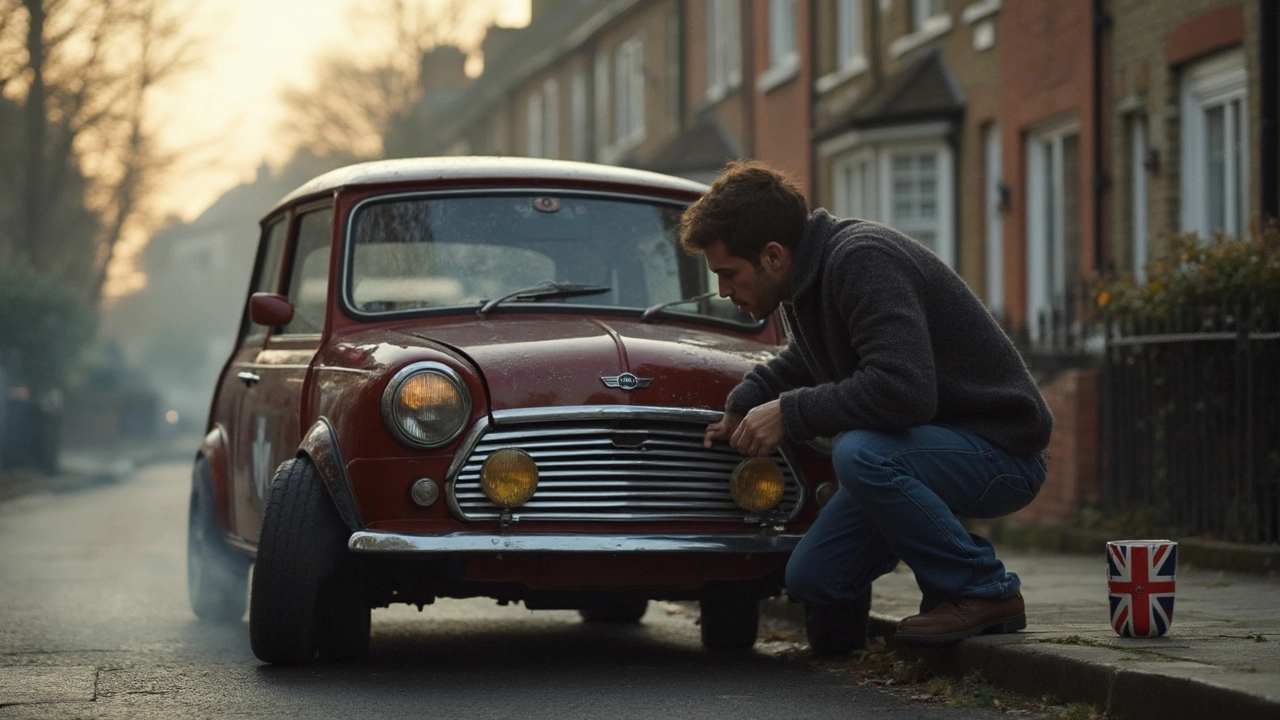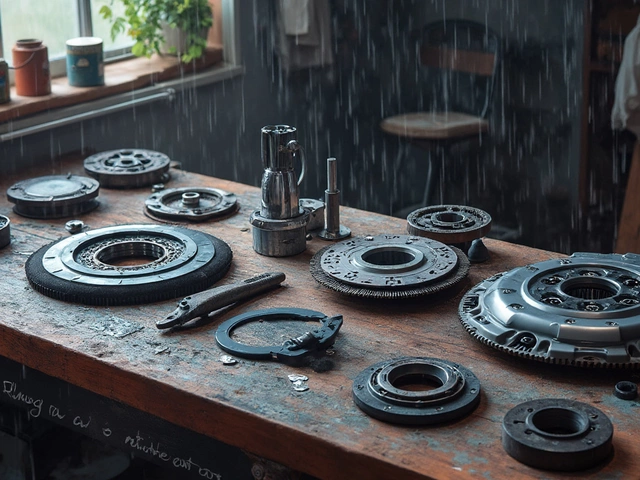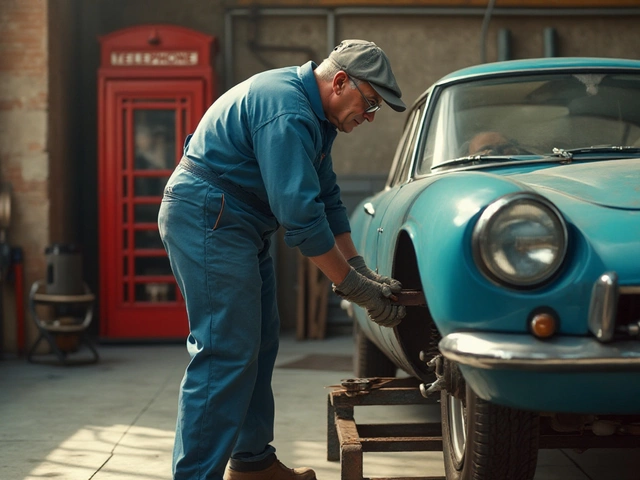Manual Transmission Issues: What to Look For and How to Fix Them
If your stick‑shift feels rough, you’re not alone. Many drivers notice odd noises, hard shifts, or a slipping clutch before a big breakdown hits. The good news? Most of these signs point to a specific part, and you can often tell the difference before spending a fortune.
Spot the Symptoms Early
First, listen. A grinding noise when you move from first to second usually means the synchronizers are worn. If the gear pops out on its own, the shift forks might be bent. A spongy or sticky clutch pedal? That could be a worn clutch disk or a leaking hydraulic line.
Another red flag is a burning smell. A clutch that’s been over‑revved or ridden in heavy traffic will overheat and start to lose grip. You’ll feel the engine rev higher than the car moves, and the pedal may feel soft. In that case, you’re probably looking at a burnt clutch that needs replacement soon.
Clutch vs Transmission: Know the Difference
It’s easy to mix up a clutch problem with a transmission issue. A failing clutch will make the car slip, especially under load, while a transmission fault often shows up as hard or delayed shifts. Check the fluid level in a manual gearbox; low or dirty fluid can cause gear grinding and should be changed regularly.
If you’re unsure, try a simple test: press the clutch fully and shift into gear while the engine is off. If the gear slides in smoothly, the clutch is likely the culprit. If it still feels gritty, the transmission internals need a look.
For gear‑hunting drivers, a Stage 2 clutch kit can be an upgrade. It offers higher friction material, better heat resistance, and a stronger pressure plate. Many car enthusiasts install it to handle spirited driving or towing, but it’s not cheap. Weigh the cost against how often you push the car’s limits.
When it comes to cost, a standard clutch replacement runs between £300‑£600, depending on the model and labor rates. A performance kit will push the price higher, but you’ll get longer life and more bite. Always ask for a detailed quote before authorising work.
Do you need a professional? If you notice fluid leaks, persistent grinding, or the car won’t stay in gear, it’s best to have a qualified mechanic inspect it. DIY fixes are great for minor adjustments, like tightening shift linkage or bleeding the clutch system, but rebuilding a gearbox is a job for a shop.
Regular maintenance helps avoid most manual transmission woes. Change the gearbox oil every 30 000‑60 000 miles, keep the clutch pedal free of dirt, and don’t ride the clutch in stop‑and‑go traffic.
Bottom line: pay attention to noises, pedal feel, and shifting smoothness. Early detection saves you from costly repairs and keeps your stick‑shift fun and reliable.
 29 June 2025
29 June 2025
How to Tell If Your Clutch Is Slipping: Clear Signs & Fixes
Learn how to spot a slipping clutch, why it happens, and what you can do once you notice the signs. Get practical tips from a car lover who’s been there.
Latest Posts
-

Clutch Kit: What’s Actually Inside and Why Each Part Matters
-

Are Expensive Air Filters Worth It? Comparing Air Filter Effectiveness
-

Signs of a Damaged Suspension: How to Identify Issues Early
-

How Often Should You Top Up Engine Oil? Essential Guide for Drivers
-

Why Do Fuel Pumps Fail? Causes You Need to Know

0